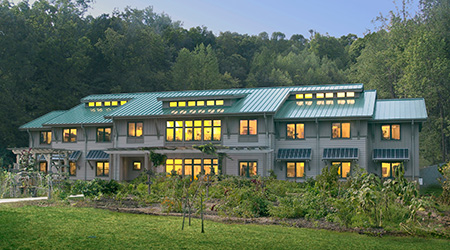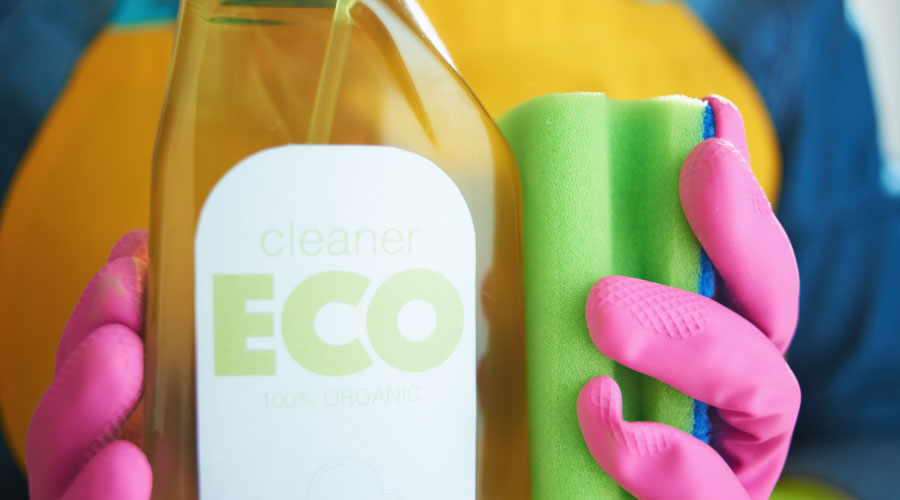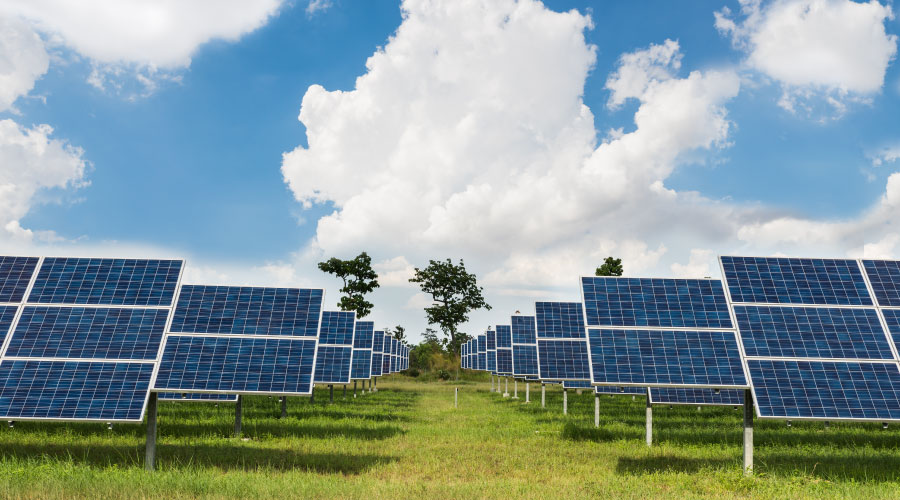This Is What A LEED Platinum Residence Hall Looks Like
Energy efficient heat and cooling, a focus on water efficiency, and low-toxicity material selection were all important strategies to achieving the LEED Platinum certification.
The EcoDorm at Warren Wilson College in North Carolina is a two-story, 9,000-square-foot residence hall, housing 38 students.
With input from the students at Warren Wilson, the housing facility was designed to focus on energy efficiency and reduce water use and minimize the environmental impact on the region. It certified Platinum LEED for Building Operations and Maintenance: Existing Buildings, a rating system from the U.S. Green Building Council that focuses on building efficiency and performance.
The EcoDorm was the first building on a college campus to achieve LEED Platinum certification in the Existing Buildings category. Among the many green features, the residence hall uses controlled fresh air through an air-to-air heat recovery ventilator. Also, the EcoDorm uses radiant floor heat with solar water preheating and 92 percent efficient gas boilers. Water conservation measures include low flow showers, faucets and waterless urinals and a 10,000-gallon rainwater cistern that pumps collected roof runoff back into the building to the flush toilets and hose bibs for landscaping.
Plenty of light
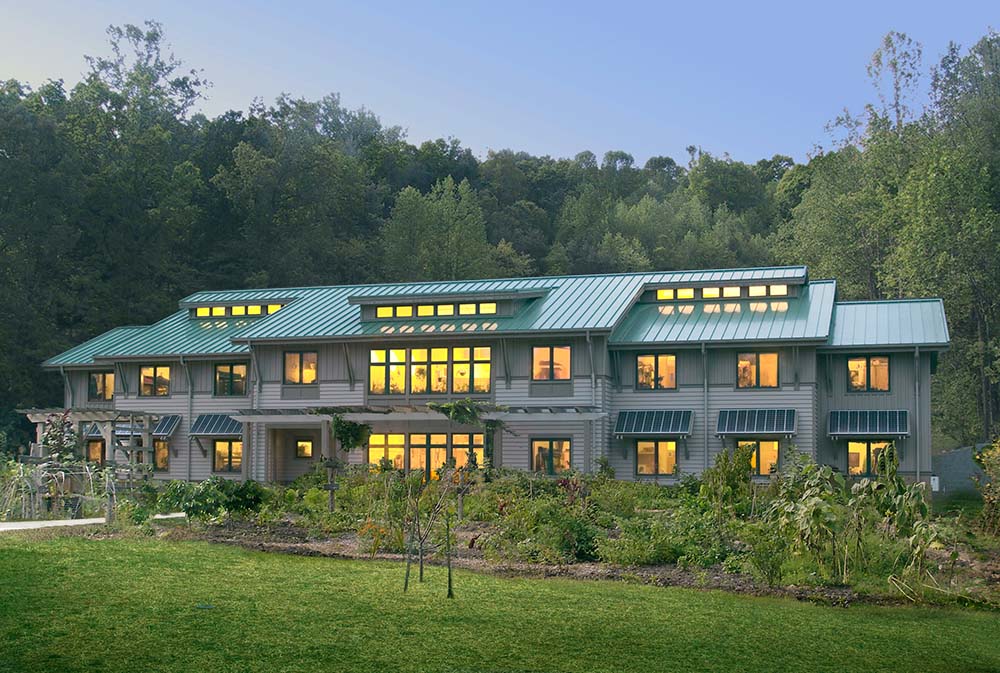 Clerestory windows and interior glass allow natural light to bounce into every space to optimize daylight.
USGBC
Clerestory windows and interior glass allow natural light to bounce into every space to optimize daylight.
USGBC Green living space
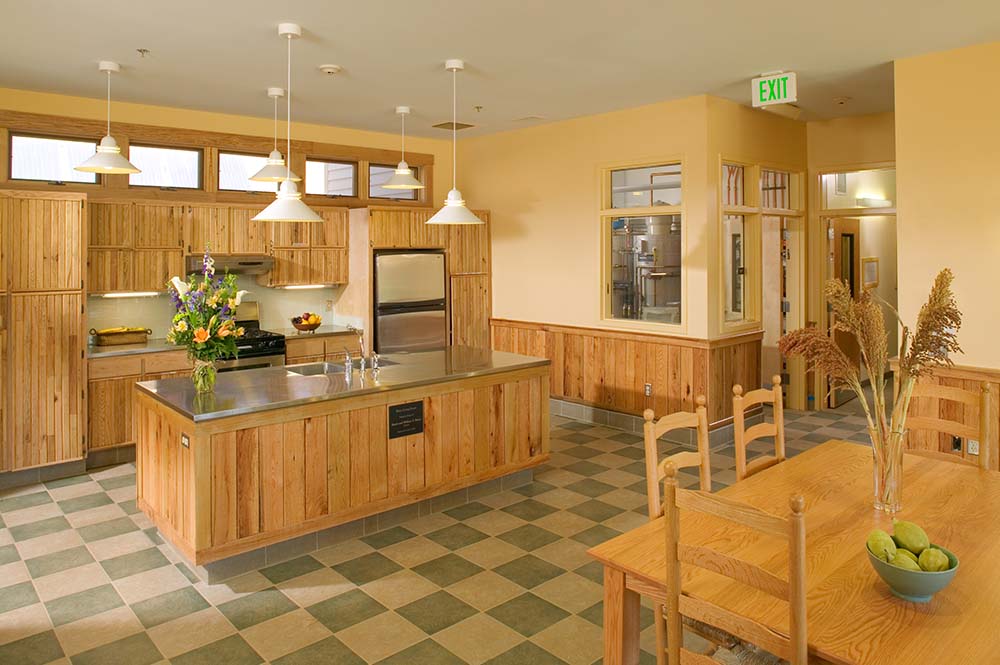 The residence areas include high-efficiency appliances. In addition, low-toxicity materials, including all paints and sealer, help ensure a healthy indoor environment. USGBC
The residence areas include high-efficiency appliances. In addition, low-toxicity materials, including all paints and sealer, help ensure a healthy indoor environment. USGBC Re-using rain water
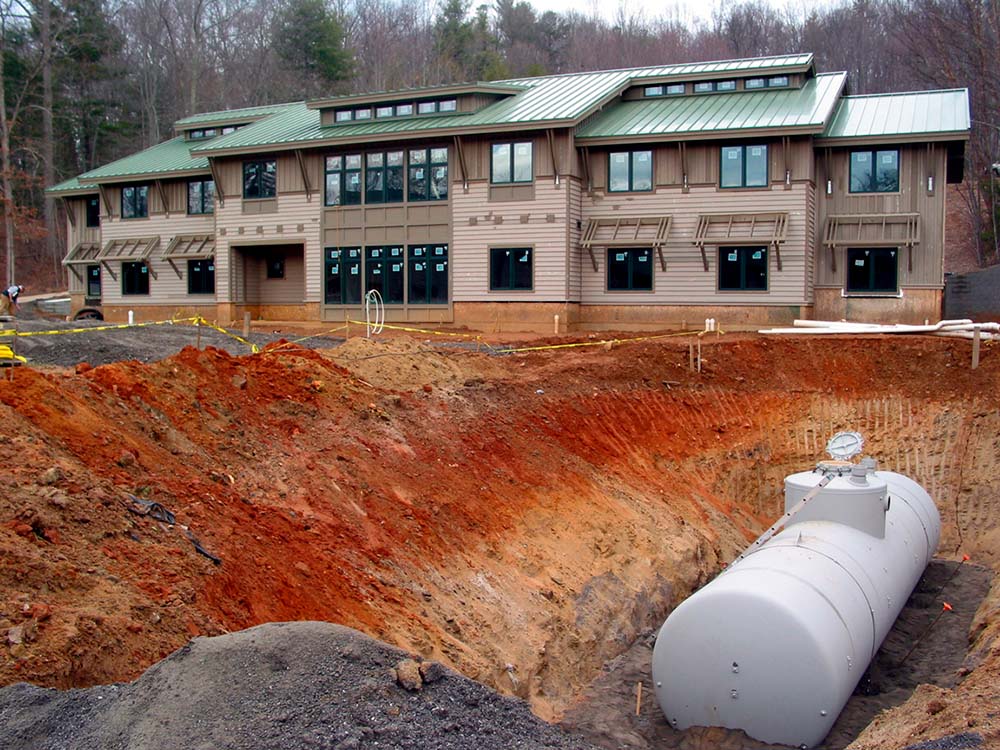 A 10,000-gallon salvaged train tanker car is used to hold rainwater to flush toilets and to irrigate the dorm’s permaculture landscape. USGBC
A 10,000-gallon salvaged train tanker car is used to hold rainwater to flush toilets and to irrigate the dorm’s permaculture landscape. USGBCFarm to table
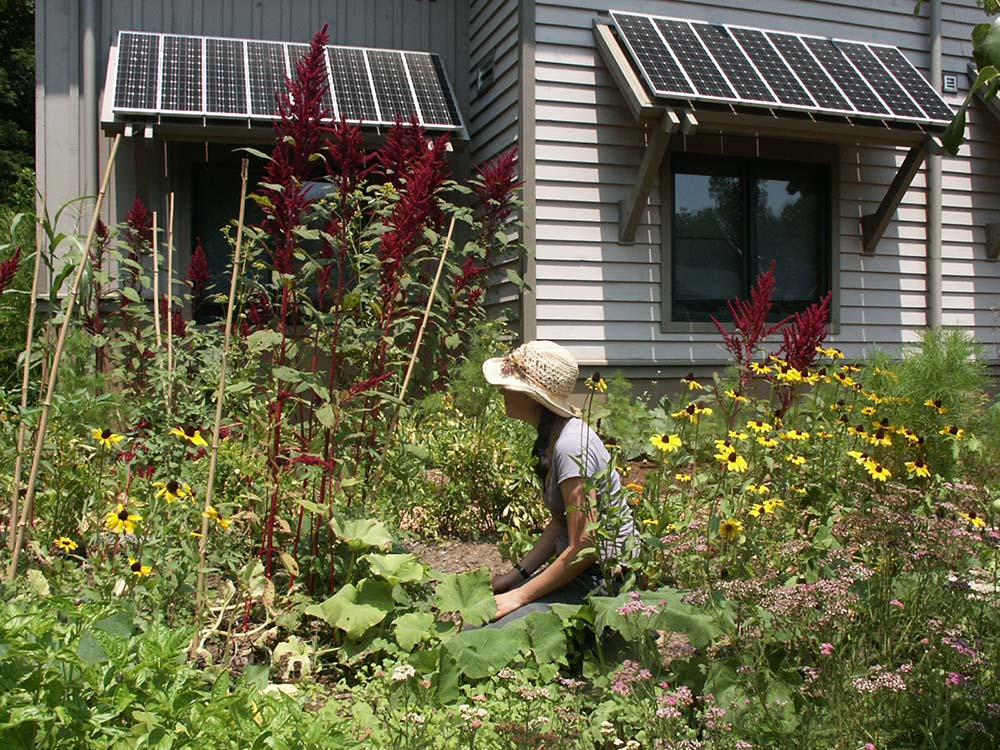 One of EcoDorm’s unique features is a vegetable garden. Students often use the vegetables grown in the garden to cook meals in the dormitory’s kitchens. USGBC
One of EcoDorm’s unique features is a vegetable garden. Students often use the vegetables grown in the garden to cook meals in the dormitory’s kitchens. USGBC
Related Topics:








